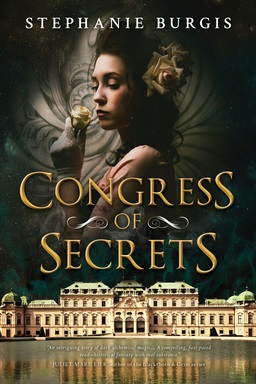Shaka When the Walls Fell: The Brunnen-G When They Sang “Yo-Way-Yo”


I’m not a Trekkie so I had to google it. You know? That meme: “Shaka When the Walls Fell.”
Turns out it comes from a really clever Star Trek: The Next Generation episode where the universal translator for once doesn’t work because the aliens talk crap all the time in allusions (link).
So, if you are a Tamarian, you don’t say, “I am feeling depressed because my girlfriend dumped me.” Instead, you say, “Rastar when she wandered alone and rejected.”
Cute idea that makes a good point: Literal — word for word — translations aren’t always very useful. For example, in medieval King Arthur stories you might find people’s kidneys yearning for each other. A better translation might be “heart.”
(It rather breaks down when you imagine the day-to-day. How does one say, “Mummy, can I have a drink of water?” Or, “Please adjust the size by 5mm.” And what did the people of Shaka say when the walls came down? But then, I am not a Trekkie.)
This is just one episode in a really big fat franchise, but it’s the one people make memes of, and I don’t think it’s because of the interesting angle on xeno-linguistics. Nor do I think it’s about the humor. There’s something about the way those lines resonate.
One line from one episode out of nearly 200. It doesn’t describe onscreen drama; it all happened offscreen long ago. Nor does it relate to the serial characters or their culture, the Federation.
So, though it’s a script-writing win, it also arguably points to a series-building fail. The aliens of the week are more resonant than the entire crew and their story.
Now, who remembers Lexx?
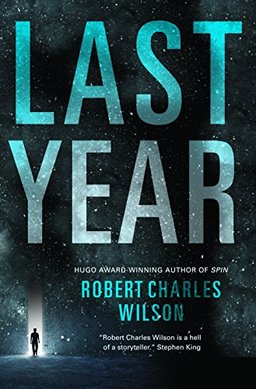
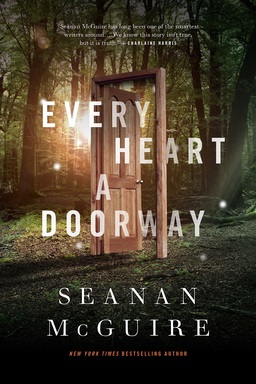
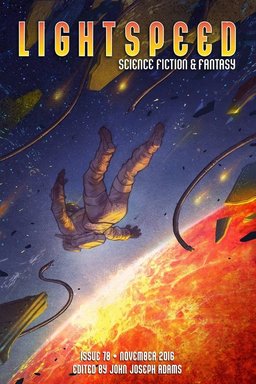
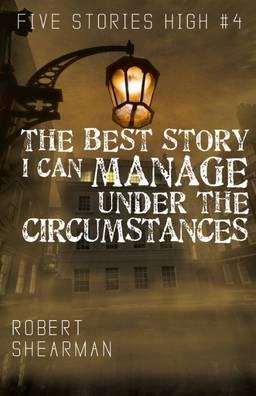
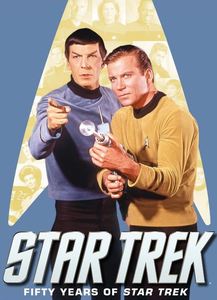
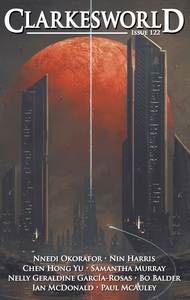
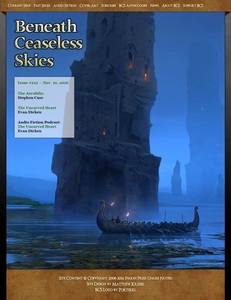

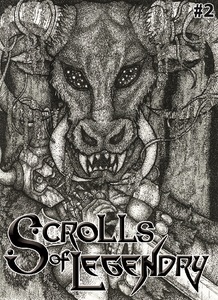
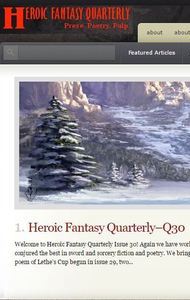
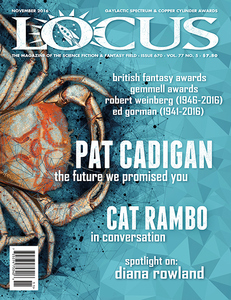
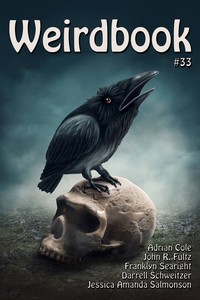
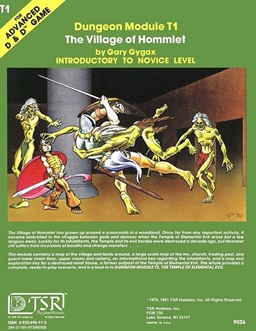
 As many of you know, my alter-ego is E.M. Tippetts, an indie chick-lit author. This means I do my best to stay on top of the indie publishing scene. Most people think of the English speaking markets when it comes to indie publishing, but Germany actually had more market penetration early on by the self-published set. Up to half of the Amazon.de top 100 were indie at any given time in 2012 (as opposed to a quarter on Amazon.com). One such success story is
As many of you know, my alter-ego is E.M. Tippetts, an indie chick-lit author. This means I do my best to stay on top of the indie publishing scene. Most people think of the English speaking markets when it comes to indie publishing, but Germany actually had more market penetration early on by the self-published set. Up to half of the Amazon.de top 100 were indie at any given time in 2012 (as opposed to a quarter on Amazon.com). One such success story is 